22+ Sample Adjustment Letters
-
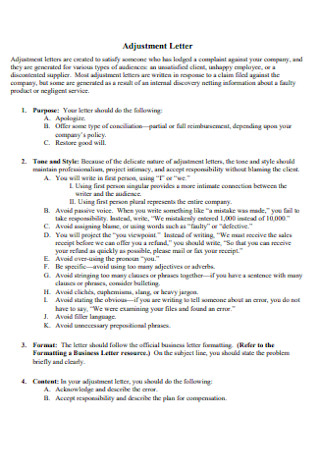
College of Business Adjustment Letter
download now -
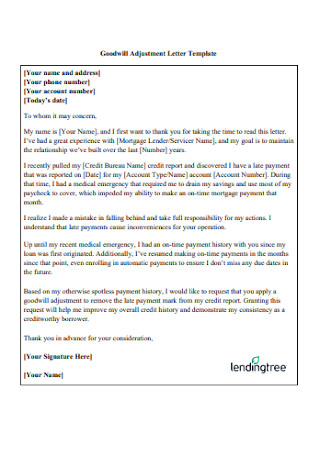
Goodwill Adjustment Letter Template
download now -
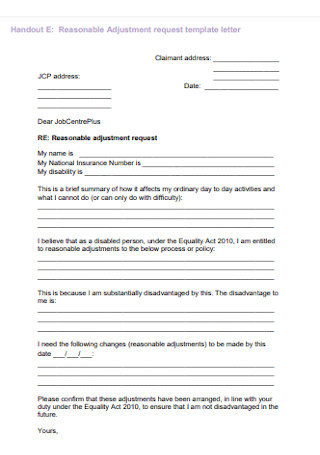
Reasonable Adjustment Request Letter
download now -
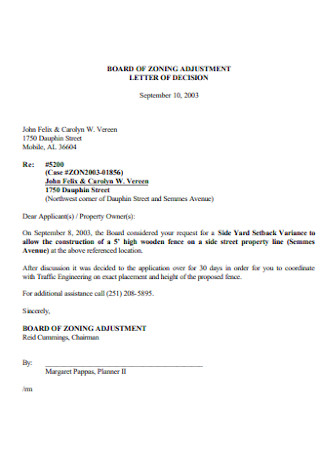
Adjustment Letter of Decision Example
download now -
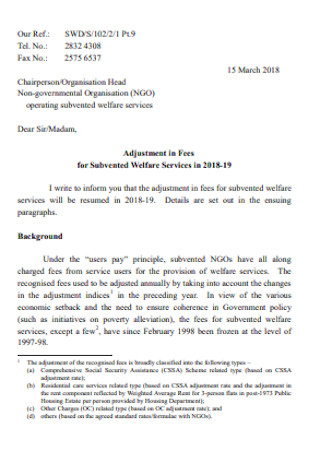
Adjustment in Fees Letter
download now -
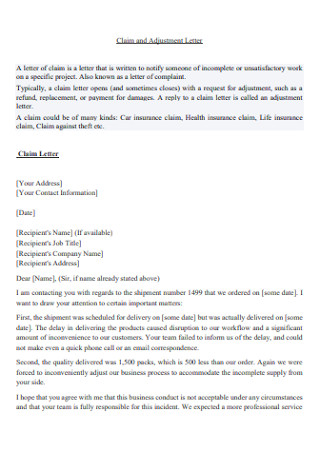
Claim and Adjustment Letter
download now -
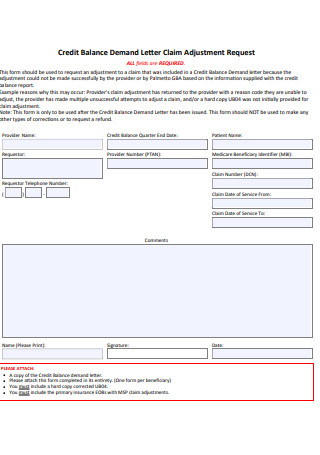
Claim Adjustment Demand Letter
download now -
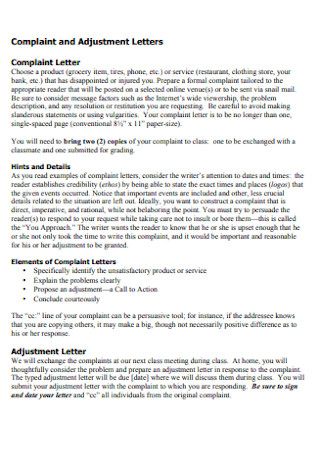
Complaint and Adjustment Letters
download now -
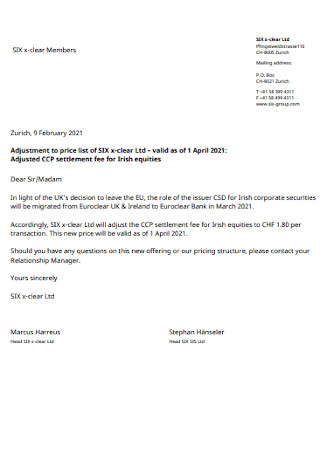
Adjustment Settlement Fee Letter
download now -

Cover Letter for Pending Adjustment
download now -
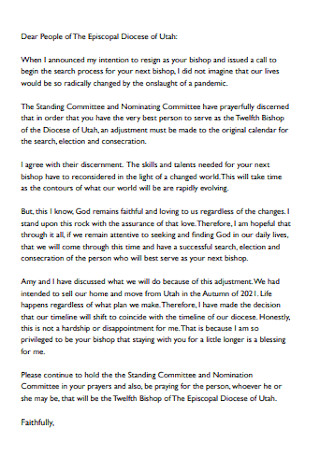
Adjustment Letter Format
download now -
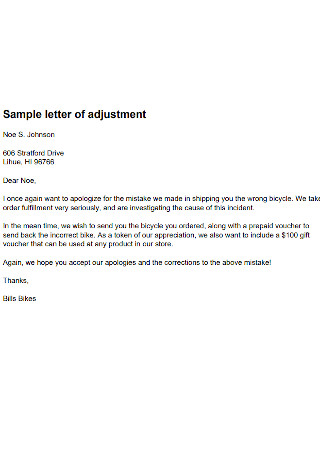
Sample Letter of Adjustment
download now -
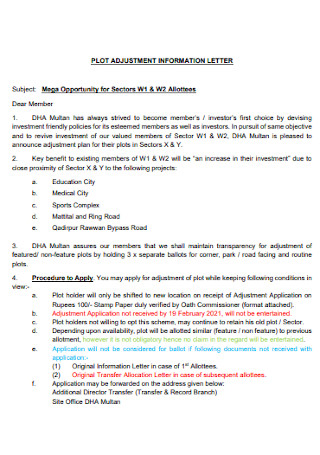
Plot Adjestment Information Letter
download now -
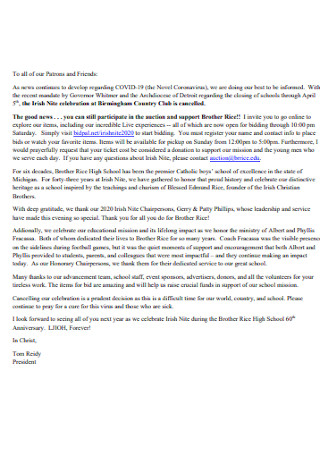
Simple Adjustment Letter
download now -

Adjustment Board Letter of Authorization
download now -
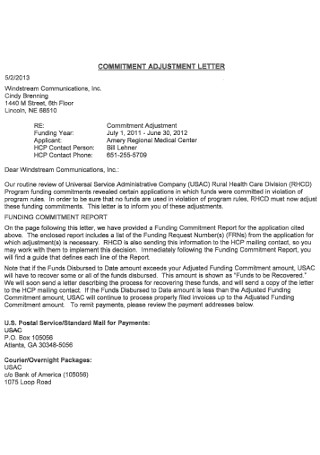
Commitment Adjustment Letter
download now -
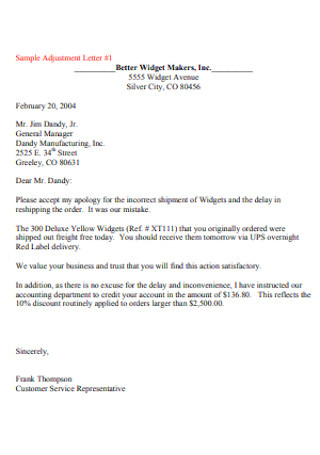
Sample Adjustment Letter
download now -

Formal Adjestment Letter
download now -
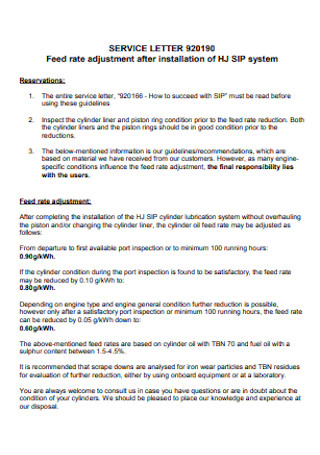
Feed Rate Adjustment Letter
download now -

Printable Adjustment Letter
download now -
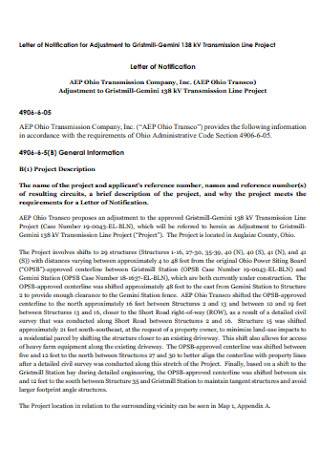
Letter of Notification for Adjustment
download now -
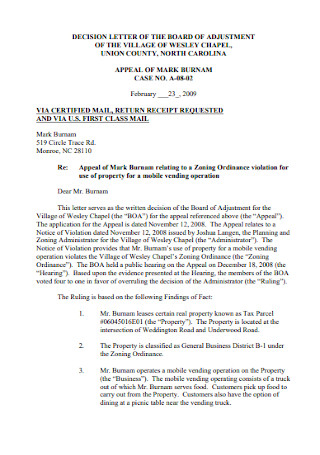
Board of Adjestment Letter
download now -

Health Adjestment Letter
download now
FREE Adjustment Letter s to Download
22+ Sample Adjustment Letters
What is an Adjustment Letter?
The Parts of an Adjustment Letter
How to Write an Adjustment Letter
Types of Adjustment Letters
FAQs
What is the difference between an adjustment letter and a letter of complaint?
Are you required to write an adjustment letter after receiving a formal complaint?
What are the top 10 complaints made by American consumers?
What is the importance of an adjustment letter?
It is beneficial to prepare for such circumstances and make necessary adjustments. An adjustment letter addressed to the right person makes a difference for you and the company. Learn more about adjustment letters and how it benefits you and the company by reading the article below.
What is an Adjustment Letter?
An adjustment letter is an example of a business letter addressing a complaint made by a customer towards a product or service. A manager, a business representative, or human resource personnel writes the adjustment letter addressed to the complainant. It also contains information about accepting or rejecting the complaint issued. The letter details the nature of the complaint along with the urgency and lists down ways the company addresses it. Upon acceptance, it informs the complainant of the likelihood of a refund and how to obtain it. Adjustment letters deal with various types of complaints ranging from defective goods and shipment issues. The principal purpose of adjustment letters is to resolve or ‘adjust’ any conflict or misunderstanding between a company and the customer.
According to the Consumer Complaint Database created by the Consumer Financial Protection Bureau, 98% of complaints made by consumers are sent to companies and get timely responses. From the data collected, companies take consumer complaints seriously and are willing to make resolutions and adjustments. It is a positive response knowing that companies seek to offer the best to their clients.
The Parts of an Adjustment Letter
An adjustment letter is made either through formal business letters or emails. The adjustment letter must reach the complainant with the notion of addressing the problems concerned. Each adjustment letter should contain the following components to satisfy the customers’ concerns.
How to Write an Adjustment Letter
Writing an adjustment letter is crucial in any business handling customer and employee complaints. There are many factors to be considered in writing an adjustment letter. Ensure that you follow the steps provided below to maintain and professional and empathetic approach to answering grievances.
Step 1: Organize Your Material
The writer of the letter must prepare, compile, and organize all related correspondence of the client and the business, a copy of the complaint, company policies that cover the nature of the complaint, and any other relevant documents. It is essential to have sufficient knowledge about the complaint and what procedures to follow.
Step 2: Prepare a Proper Response Towards the Complaint
It means addressing the mistake and constructing a positive answer. Remember that if the company is at fault, promptly accept it and proceed to correct the problem. If the customer offers sensible demands, the company must ensure that it is delivered. It is also essential to sympathize with your client and listen to their distress. Maintain a positive attitude and tone towards the customer to ensure a healthy relationship with them despite the grievances.
Step 3: Practice Diplomacy
When the client’s complaint and demands are unreasonable and unjustifiable, the company must remain diplomatic. Even after the refusal of requests, the customer remains satisfied with the service. It is also beneficial to explain the company policy and procedure in easily comprehensible words for the client to understand the terms and conditions that apply.
Step 4: Guarantee Politeness
In customer service, politeness is a virtue upheld and encouraged at all times. Despite the clients being at fault, it is your responsibility to satisfy their needs while sustaining company policy. A polite response maintains a positive relationship with the clients and promotes the company’s reliability.
Step 5: Validate and Proofread the Letter
The adjustment letter is an official letter signed by the company. As such, the company’s letterhead is present at the top of the letter. It is also advantageous to proofread the letter before addressing it back to the complainant. Facts and provisions are reviewed and associated with the system. It is also advisable to keep a copy of the letter for future reference and record-keeping.
Types of Adjustment Letters
Adjustment letters take on many forms depending on their purpose. The company’s adjustment policy, the liability, and the relationship with customers are factors that govern an adjustment letter. The objections made define the structure of the letter. Here are examples of the types of adjustment letters.
FAQs
What is the difference between an adjustment letter and a letter of complaint?
Firstly, the company addresses a complaint made by a customer through an adjustment letter. Meanwhile, a customer writes a letter of complaint or a claim letter requesting compensation for damaged, defective, incomplete, inadequate, or delayed products and services. An adjustment letter follows a client’s complaint letter. According to an article published by Market Watch dated March 1st, 2021, a surge of complaints rose to 50% from 2019 to 2020 with concerns about consumer financial products and services. From the data, it means that more customers had unpleasant experiences regarding consumer products and services. It is no wonder clients are voicing their concerns, especially when the pandemic struck businesses and the workforce.
Are you required to write an adjustment letter after receiving a formal complaint?
Some company policies highlight the need to write an adjustment letter. However, it is not explicitly stated that a company or a business must reply to a complaint. Despite this, the company must address the problems or claims that involve a customer. After all, the customer is a part of the company’s growth. The satisfaction of the customer is a company’s priority. Also, when the company addresses the complaint, it shows the customers the company cares about them. A company cannot run without its customers, consumers, and even employees. Note that employees can also submit complaints about salary deficit or delay. It is also the company’s initiative to make sure that their employees feel care and concern. By ensuring that both employees and clients are happy, the company prospers and grows.
What are the top 10 complaints made by American consumers?
According to the study by the Consumer Federation of America published in July 2020, the top complaint made by consumers in 2019 is concerning automobiles. The most common complaint about autos is the misinterpretations in advertisements and sales. The problems include deceptive financing methods, defective vehicles, substandard repairs, car leasing, and towing disputes. Next on the list is home constructions, including poor craftsmanship, job completion problems, licensing, and registration difficulties. Retail sales also get complaints. Most of the complaints are about false advertising, defective merchandise, rebate problems, vouchers, and delivery issues. Complaints also happen between landlords and tenants.
The complaints revolve around unsafe conditions, lack of amenities, deposit and rent conflicts, and illegal evictions. The fifth complaint is regarding credits and debts and includes billings, fees, mortgage, predatory lending, and collections. Complaints regarding communications and services are also present because of misleading offers, installation issues, connectivity problems, and underperformance. Health products and services also suffer complaints from consumers. Misleading claims, unlicensed practitioners, and billing issues are some of the obstacles listed by consumers. Clients encounter complaints about utilities such as gas, water, electricity, and even cable. Fraud and household goods tie for ninth place.
The fraud complaints from consumers listed bogus lotteries, grant offers, and check scams. Household goods complaints include repair and construction issues on furniture. The last place is internet sales with complaints about deceptive promises and purchases.
What is the importance of an adjustment letter?
An adjustment letter is significant because it assures the customers that the company is concerned about them. It also gives reassurance that the company is willing to communicate with them regarding the concerns they raise. After all, the goal of an adjustment letter is to fix any issues that the customers claim to experience.
Every day is a risky business in the corporate world. There are unforeseen circumstances around the corner just waiting to happen. You must accept that these instances happen. However, it must not come as a hindrance to you and the company’s daily operations. If anything, you must already prepare for such events. In preparedness and planning, you can counter undesirable problems from both clients and employees. Upon receiving a complaint letter, remember to develop and write a letter that is formal and empathetic.
It ensures your clients that you care and you are willing to make compromises to satisfy their needs. In the words of the famous writer C.S. Lewis, “Humility is not thinking less of yourself, it’s thinking of yourself less.” Show empathy to the client’s claims and ensure a healthy relationship. Check out the adjustment letter templates above.
